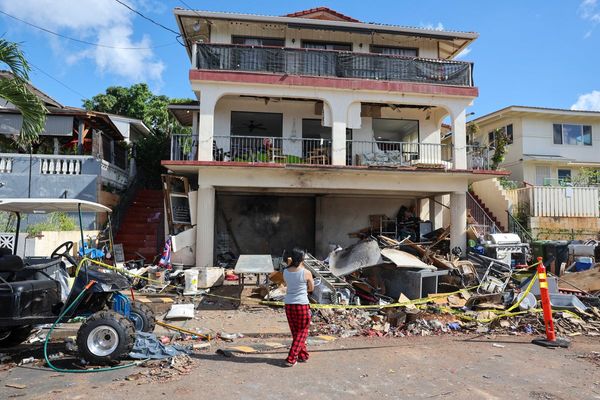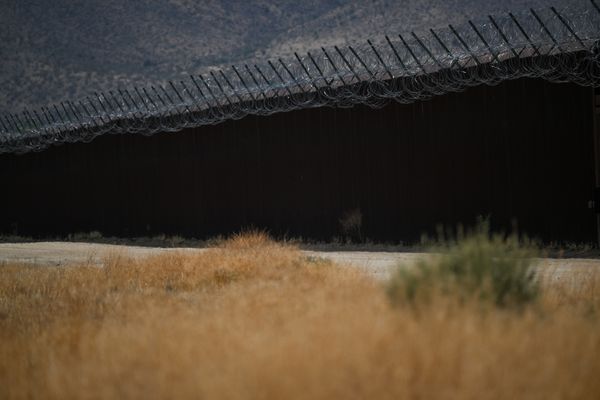Drive north, across the harbour bridge, past the big-box shopping malls, until you leave the last suburbs behind and you're driving past paddocks and bush.
Leave SH1 at the shops and cafes and petrol stations of Wellsford and head east to the coast, past the turnoffs to Whangaripo Valley, Pakiri and Tomarata.
When you have to decide between travelling on to Mangawhai or going somewhere else, take the gravel road less travelled.
Drive on, through plantation forest until you can't go any further. You've arrived at the endless, empty, white-sand and crashing surf remoteness of Te Arai Point.
Guess what? Though it feels a million miles from the rush and crush of the CBD, and it's taken 75 minutes to get here from Queen St, you're still in Auckland. Te Arai Point is the super-city's northern border.
Its beaches have divided loyalties: Te Arai Point and forestry sit on the Auckland side while its northern beach, Black Swamp, is where Northland begins.
Surfers have known about the pristine white sandy beaches, revelling in their safe and consistent conditions. There's a licensed surf and paddleboarding school.
Jamie McDell, the singer-songwriter and self-confessed beach bum on our judging panel to find New Zealand's 10 best beaches, confesses that Te Arai is her special place and she feels an "almost spiritual connection" to the area.
Like all surfers, however, she's coy about her favourite spot. "You have to walk a way from the carpark, and not too many people know where it is. I want it to stay that way," is all she'll say.
/arc-anglerfish-syd-prod-nzme.s3.amazonaws.com/public/BB6J4IHWAVHCDKQOM6VGEBR4FY.jpg)
/arc-anglerfish-syd-prod-nzme.s3.amazonaws.com/public/BB6J4IHWAVHCDKQOM6VGEBR4FY.jpg)
There aren't too many amenities at Te Arai's beaches, apart from the campsite nestled behind the dunes. Strict conditions apply: no tents, motorhomes and vehicles must be certified self-contained because there are no toilets or showers.
For families, it's a great day out; they can choose from swimming in the surf or at the more sheltered old quarry swimming hole. Forestry and Black Swamp, the beaches on either side of the point, are more than worth the walk.
Te Arai might have few locals, but some are rare, precious and beautiful. These east coast beaches are home to several critically endangered birds and plants. Only 40 fairy tern (tara iti) remain; the northern dotterel's survival is equally threatened.
Just as concerning is the effect of human development. In 2003 Te Uri o Hau received coastal land and pine forest here under a Waitangi Treaty settlement. The iwi sold the land to a developer, Te Arai North, to create Tara Iti golf course.
In 2008 the former regional council bought 50ha of nearby land, including highly sensitive dune lake ecosystems, wetlands and forest to create Te Arai Regional Park. The park has been extended to 217ha in the north and it's proposed to protect another 180ha in the south.
Community campaigners, however, are unimpressed with the Auckland Council's lack of progress over a management plan for the park and what they see as a hands-off approach towards Te Arai North's activities in the reserve area.
They insist the council has repeatedly favoured the developer over the public, agreeing to move a beachfront carpark more than 400m back from the beach, behind development house sites, and reducing beach access.
The council says these moves are to protect the foreshore and shorebirds. It has agreed to hear public submissions until the end of January.
THE TOP 10 BEACHES
• Castlepoint, Wairarapa
• Hahei, Coromandel
• Kaiteriteri, Tasman
• Matai Bay, Northland
• Matapouri, Northland
• New Chums, Coromandel
• Opito Bay, Coromandel
• Taupo Bay, Northland
• Te Arai, Auckland
• Whangamata, Coromandel
Have your say:







